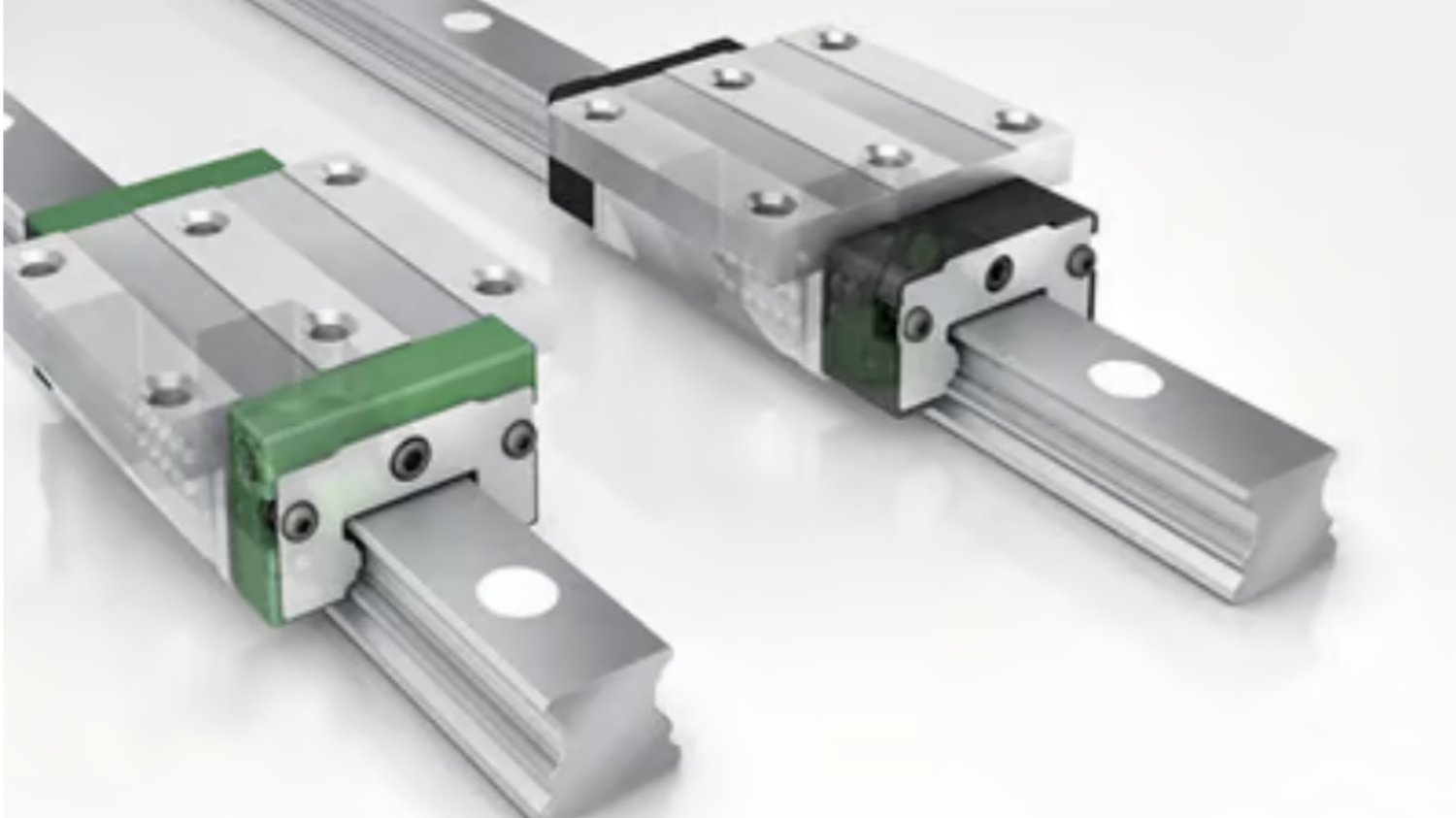Introduction
stainless steel linear guide rails are a crucial component of many industrial applications, from automation equipment to high-end machinery. These guide rails ensure smooth, accurate, and reliable linear motion, making them an essential part of any machinery that requires precise movement.
What are Stainless Steel Linear Guide Rails?
Stainless steel linear guide rails are mechanical devices that facilitate linear motion with minimal friction. They consist of a rail and a carriage, which works together to provide a smooth and precise movement. The carriages can be moved along the rail with minimal force, ensuring accuracy and consistency in movement.
The Advantages of Stainless Steel Linear Guide Rails
Stainless steel linear guide rails offer several advantages compared to other types of guide rails. First and foremost, they are highly durable, corrosion-resistant, and can withstand extreme temperatures. They are also self-lubricating, which means less maintenance and longer service life. Additionally, they provide a high degree of precision, making them ideal for industrial automation and other high-precision applications.
Uses of Stainless Steel Linear Guide Rails
Stainless steel linear guide rails are commonly used in a wide range of applications, from industrial machinery to medical devices and even in the aerospace sector. They can be used in any application where precise linear motion is required, such as in CNC machines, cutting machines, and high-end optical and measuring equipment.
Types of Stainless Steel Linear Guide Rails
There are several types of stainless steel linear guide rails available, including round rail guides, boxway guides, v-way guides, and dovetail guides. Round rail guides are the most commonly used type, thanks to their simple configuration and ease of installation. Boxway guides are ideal for heavy-duty applications, while v-way guides are suitable for high-precision applications. Dovetail guides, on the other hand, are ideal for applications that require smooth and controlled linear motion.
Factors to Consider when Choosing Stainless Steel Linear Guide Rails
There are several factors to consider when choosing stainless steel linear guide rails, including load capacity, accuracy, speed, and the environment in which they will be used. It is important to select the right type of guide rails that are suitable for the application to ensure reliable and accurate movement.
Installation and Maintenance of Stainless Steel Linear Guide Rails
Proper installation and maintenance are critical for ensuring the optimal performance and longevity of stainless steel linear guide rails. During installation, it is essential to ensure that the guide rails are properly aligned and mounted, and the carriage runs smoothly and without any resistance. Regular maintenance, including cleaning and lubrication, is also essential to ensure smooth and accurate linear motion.
Cost of Stainless Steel Linear Guide Rails
The cost of stainless steel linear guide rails varies depending on several factors, including the type of guide rails, load capacity, accuracy, speed, and the quantity required. However, it is essential to invest in high-quality guide rails to ensure reliability, accuracy, and longevity, even if they cost more than lower-quality alternatives in the short term.
Conclusion
Stainless steel linear guide rails are essential components of many industrial and high-end machinery applications, offering several advantages over other types of guide rails. By understanding the different types of guide rails, their uses, and factors to consider when choosing and maintaining them, you can ensure optimal performance, reliability, and longevity of your machinery.

